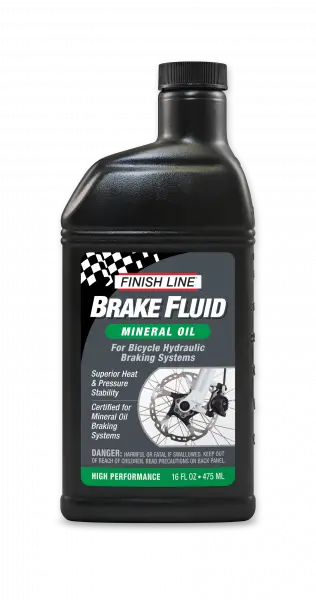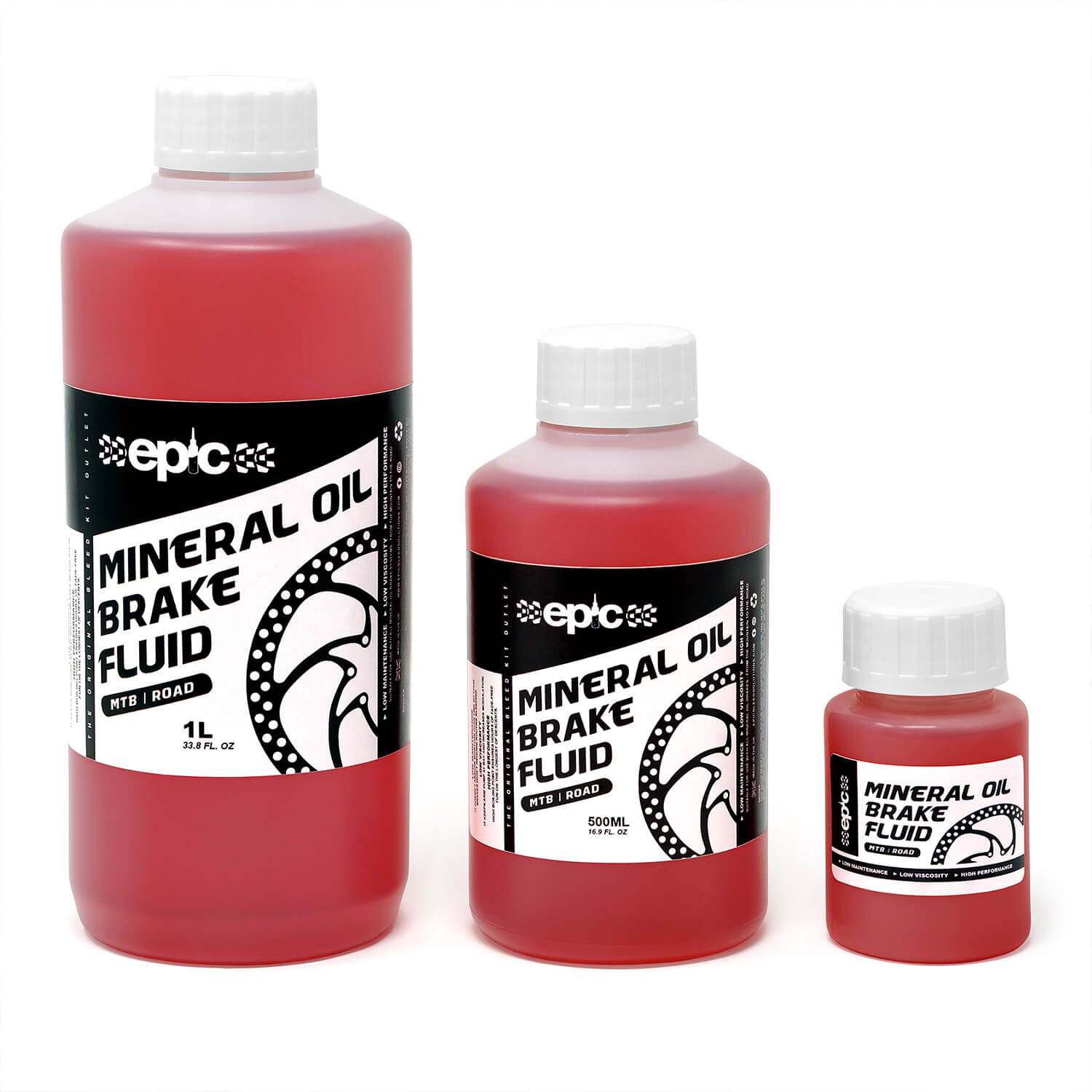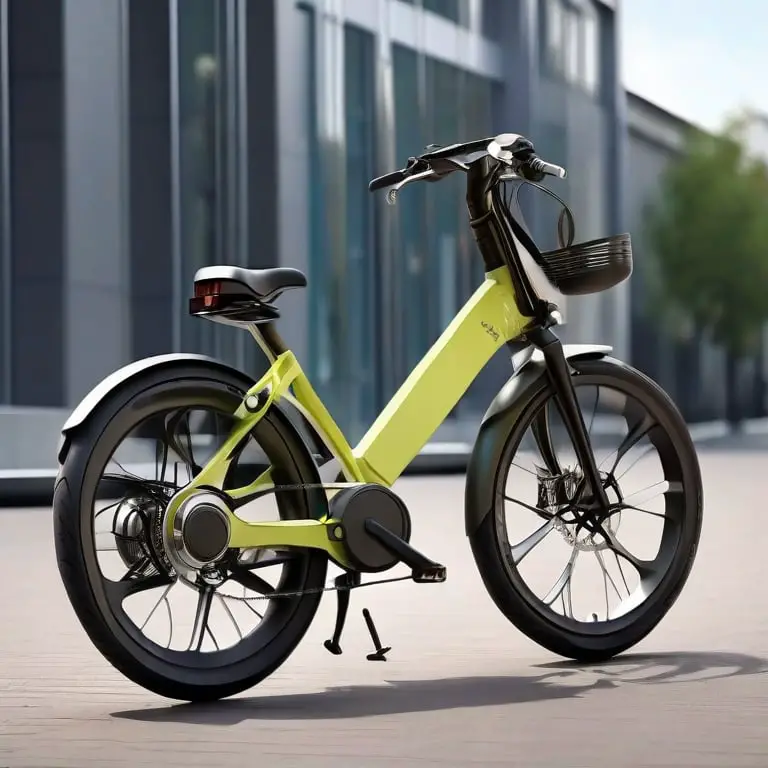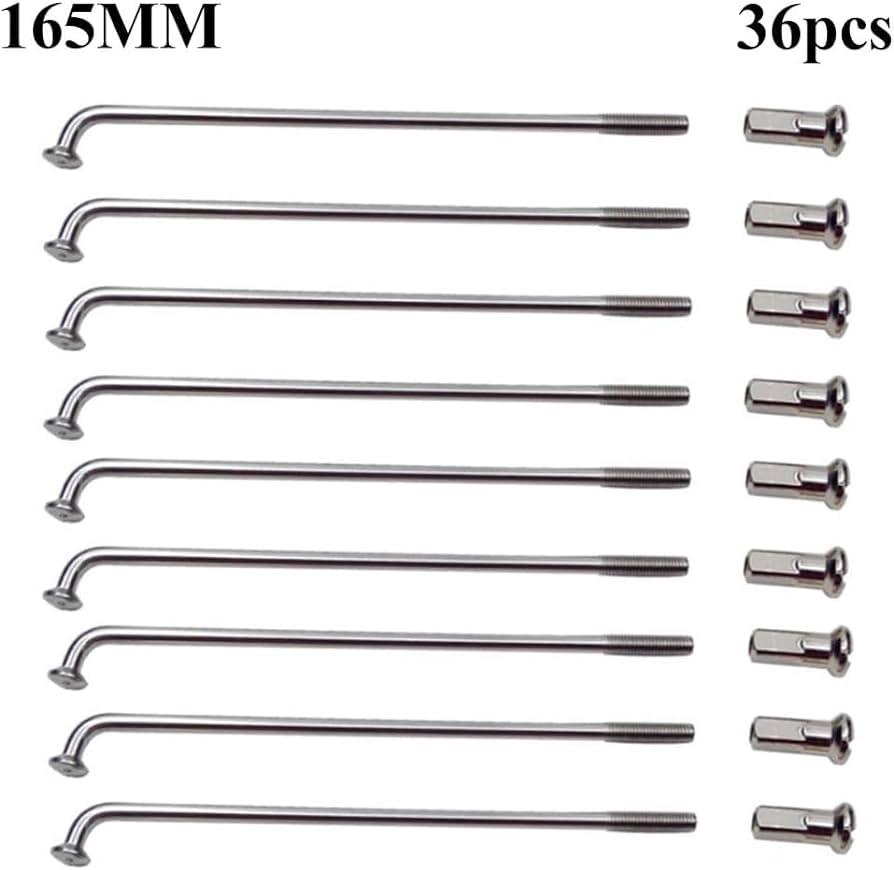Mineral Oil for Bicycle Brakes: Essential Maintenance Tips

As an affiliate, we may earn from qualifying purchases. We get commissions for purchases made through links on this website. You can read more on our Affiliate Disclaimer here.
Mineral oil is a popular choice for bicycle brake fluid due to its non-corrosive properties and consistent performance. It ensures smooth operation and longevity of brake systems.
Mineral oil, widely used in bicycle brakes, offers several advantages. Its non-corrosive nature prevents damage to brake components, unlike some other fluids. This helps maintain the integrity of the braking system. Riders benefit from consistent performance, especially in varying weather conditions.
Mineral oil also resists moisture absorption, reducing the risk of brake failure. Its stability ensures that braking power remains reliable over time.
Easy to handle and less hazardous compared to other options, mineral oil is a preferred choice for many cyclists. Regular maintenance with mineral oil can extend the lifespan of your bicycle’s brake system.
Introduction To Mineral Oil In Bicycle Brakes
Mineral oil is used in bicycle brakes to keep them smooth. It helps in reducing friction. This makes braking more efficient. Many bikers prefer mineral oil for its stability. It does not absorb water. This means it lasts longer.
Hydraulic systems use fluid pressure to operate brakes. They are smoother and require less effort. Mechanical systems use cables.
They are simpler but need more maintenance. Mineral oil is best for hydraulic brakes. It ensures long-lasting performance. Mechanical brakes might not benefit from it as much.
Types Of Mineral Oil For Brakes
Bike brake makers make brand-specific mineral oils. These oils match their brake systems. Brands like Shimano and Magura offer these oils. Universal oils work with many brake systems. They are not tied to one brand. These oils are flexible and handy.
Viscosity means how thick or thin the oil is. Thin oils flow easily. Thick oils are slower. The right viscosity helps the brakes work well. Performance depends on the oil type. Good oil keeps brakes smooth and strong. It also helps in hot and cold weather.
Benefits Of Using Mineral Oil
Mineral oil helps in preventing corrosion. It keeps the brake parts from rusting. Rust can damage the brakes. With mineral oil, the brakes last longer. This means less maintenance and cost. Riders can enjoy smooth rides. No need to worry about rusty brakes.
Mineral oil is eco-friendly. It does not harm the environment. This oil is biodegradable. It breaks down naturally. It is safer for plants and animals. Using mineral oil helps in protecting nature. It also reduces pollution. This makes it a great choice for green riders.
Routine Brake Maintenance
Regularly checking your bicycle brakes is very important. Inspect your brakes every month. Look for any signs of wear and tear. Check the brake pads for thickness. Replace them if they are too thin. Make sure there are no leaks in the brake lines. Proper inspection ensures your brakes work well.
Clean your brakes often to keep them in good shape. Use a soft cloth and mild soap. Gently wipe the brake surfaces. Avoid using harsh chemicals.
Make sure the brake pads are free from dirt. A clean brake performs better and lasts longer. Dry the brakes properly after cleaning. This helps to prevent rust.
Changing The Mineral Oil
Spongy brakes can be a clear sign. Leaking oil from the brake system is another indication. Reduced braking power is a strong signal too. Unusual noises while braking can also mean oil needs changing.
Dirty or dark oil in the reservoir is an obvious sign. Regular maintenance schedules suggest checking the oil as well. Frequent braking issues can also point to old oil.
Gather all necessary tools like a wrench, new oil, and a syringe. Remove the brake caliper from the bike. Drain the old oil completely from the system. Clean the reservoir using a clean cloth. Fill the reservoir with new, clean mineral oil.
Bleed the brakes to remove any air bubbles. Reattach the brake caliper to the bike. Test the brakes to ensure they work properly.

Credit: www.amazon.com
Bleeding The Brakes
Air bubbles in brake lines can cause poor braking performance. They make the brake lever feel soft. This makes it hard to stop the bike.
Removing air bubbles keeps the brakes working well. It also makes biking safer. Always make sure to remove all air bubbles when bleeding brakes.
First, gather all the tools. You need a syringe, tubing, and mineral oil. Attach the tubing to the syringe. Then, fill the syringe with mineral oil. Connect the other end of the tubing to the brake system. Push the oil through the brake lines.
Make sure to catch any fluid that comes out. Check the brake lever and feel for any softness. Repeat the process if needed. Always wear gloves and goggles for safety.
Troubleshooting Common Issues
Spongy brakes usually mean air is in the brake line. This can make braking less effective. Bleeding the brakes can solve this issue. Always use the correct tools. Make sure to follow the manufacturer’s instructions. Check for loose fittings. Tighten them if needed. This can also help improve brake feel.
Leaks can cause brakes to fail. Inspect the brake lines for any signs of fluid. Replace damaged parts immediately. Contamination can also affect brake performance. Keep the brake pads and rotors clean. Avoid touching them with oily hands. Always store mineral oil in a clean, sealed container.

Credit: www.youtube.com
Advanced Tips For Optimal Performance
Mineral oil can change with temperature. In cold weather, it can become thick. This makes braking less smooth. In hot weather, it can become thin. This might cause leaks. Always check your brakes before each ride.
Using high-quality brake pads can improve performance. Ensure they fit well with your current system. Consider getting a better rotor for more stopping power. This helps in both wet and dry conditions. Upgrading the brake lever can also help. It gives better control and feel.

Credit: epicbleedsolutions.com
Frequently Asked Questions
Can I Use Mineral Oil In My Bicycle Brakes?
No, you should not use mineral oil in your bicycle brakes unless specifically recommended by the manufacturer. Use the brake fluid specified in your bike’s manual.
What Type Of Mineral Oil For Bike Brakes?
Use a high-quality, bike-specific mineral oil for your bike brakes. Shimano and Magura offer reliable options. Avoid automotive oils.
Can I Use Dot 4 Instead Of Mineral Oil?
No, DOT 4 brake fluid cannot be used instead of mineral oil. They are chemically different and not interchangeable.
What Is The Best Oil For Bike Brakes?
The best oil for bike brakes is mineral oil or DOT brake fluid. Check your bike’s manual for specific recommendations.
What Is Mineral Oil For Bicycle Brakes?
Mineral oil is a hydraulic fluid used in bicycle brakes. It provides consistent braking performance and is non-corrosive.
Conclusion
Choosing the right brake fluid is essential for optimal bike performance. Mineral oil offers reliable, consistent braking. It’s less corrosive and easier to maintain than other options.
Ensure you follow manufacturer guidelines for the best results. With proper care, your bicycle brakes will perform smoothly and safely on every ride.

Steven is a professional cyclist and his passion is cycling. He has been cycling for the last 6 years and he loves using bikes while outing as well. Based on his experiences with the different types of bikes; he is sharing his opinions about various bikes so that a beginner can start right away. Find him on Twitter @thecyclistguy Happy Biking.




